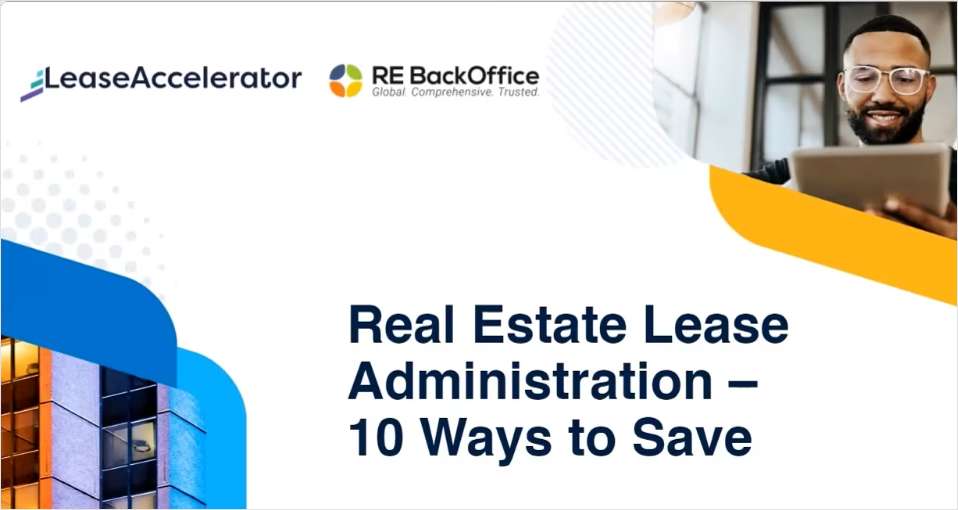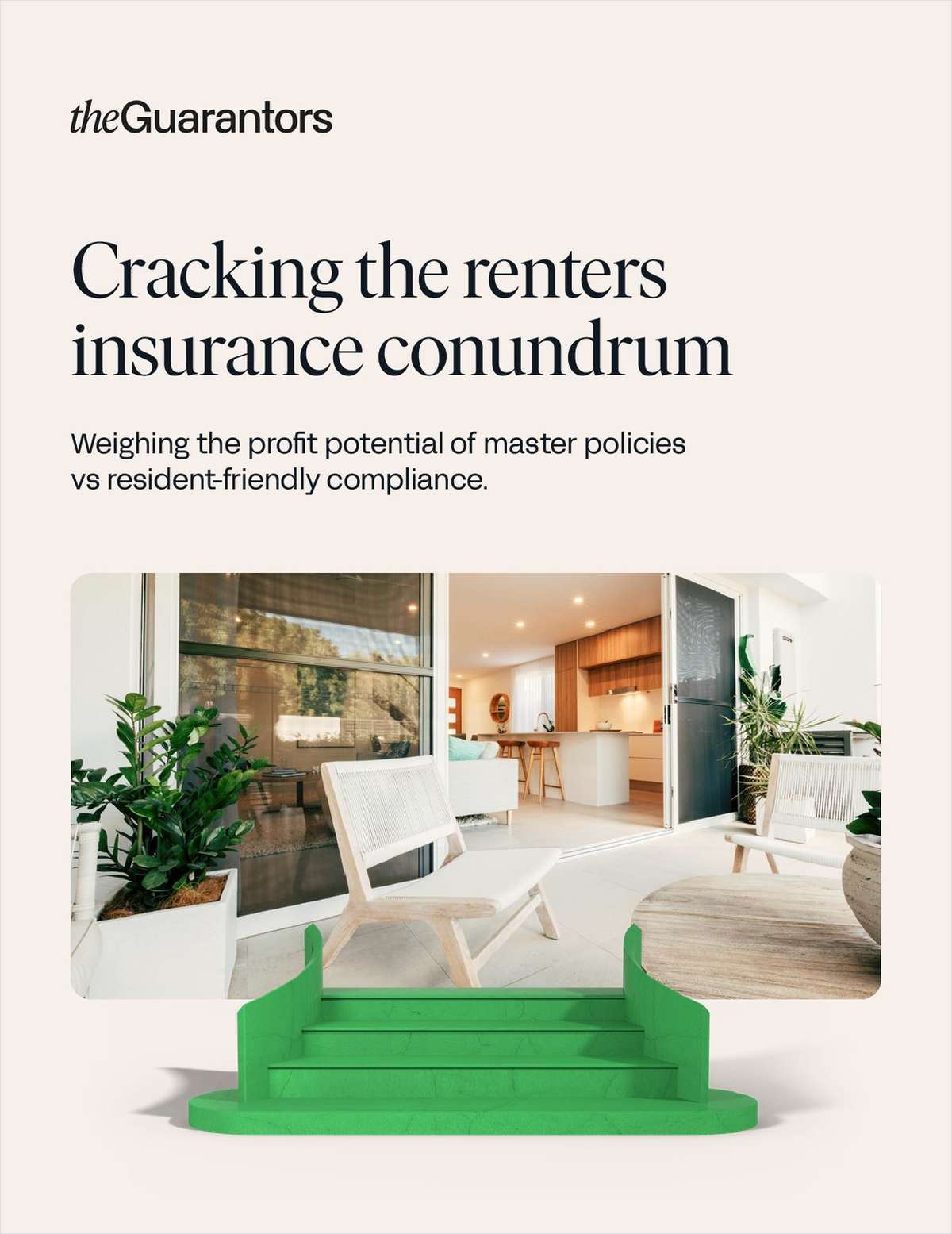The projects include such high profile buildings as One Beaconin Boston, 2000 Avenue of the Stars in Los Angeles, Accenture Towerin Minneapolis and Lincoln Plaza in Dallas. In addition to the 70buildings and 29 million square feet, which are owned by 22different investors and corporations, CBRE is in the process ofobtaining the EB certification for an additional 59 officeprojects, representing 100 buildings and 40 million square feet.When all of those are complete, CBRE will have obtained EBcertifications for a total of 69 million square feet of theapproximately 275 million square feet of US office space under itsasset services business.
"It's clear that by the end of the year, we will have exceededour goal of 100 buildings," for LEED-EB certification, Pogue says,although he allows that it wasn't so clear that the goal would beattainable by the end-of-2010 deadline when CBRE began the program."At that time, there were only 59 such buildings in the world," hepoints out.
Since then, however, the USGBC's program for certifying existingbuildings has gained momentum, as has CBRE's effort to obtain thecertifications. CBRE has hit its stride in the certificationprogram in the past 15 to 18 months to reach the 70-building mark,Pogue says, with an in-house LEED-EB certification team that worksin partnership with CBRE's on-site staffs at the buildings.
Continue Reading for Free
Register and gain access to:
- Breaking commercial real estate news and analysis, on-site and via our newsletters and custom alerts
- Educational webcasts, white papers, and ebooks from industry thought leaders
- Critical coverage of the property casualty insurance and financial advisory markets on our other ALM sites, PropertyCasualty360 and ThinkAdvisor
*May exclude premium content
Already have an account?
Sign In Now
© 2024 ALM Global, LLC, All Rights Reserved. Request academic re-use from www.copyright.com. All other uses, submit a request to [email protected]. For more information visit Asset & Logo Licensing.








